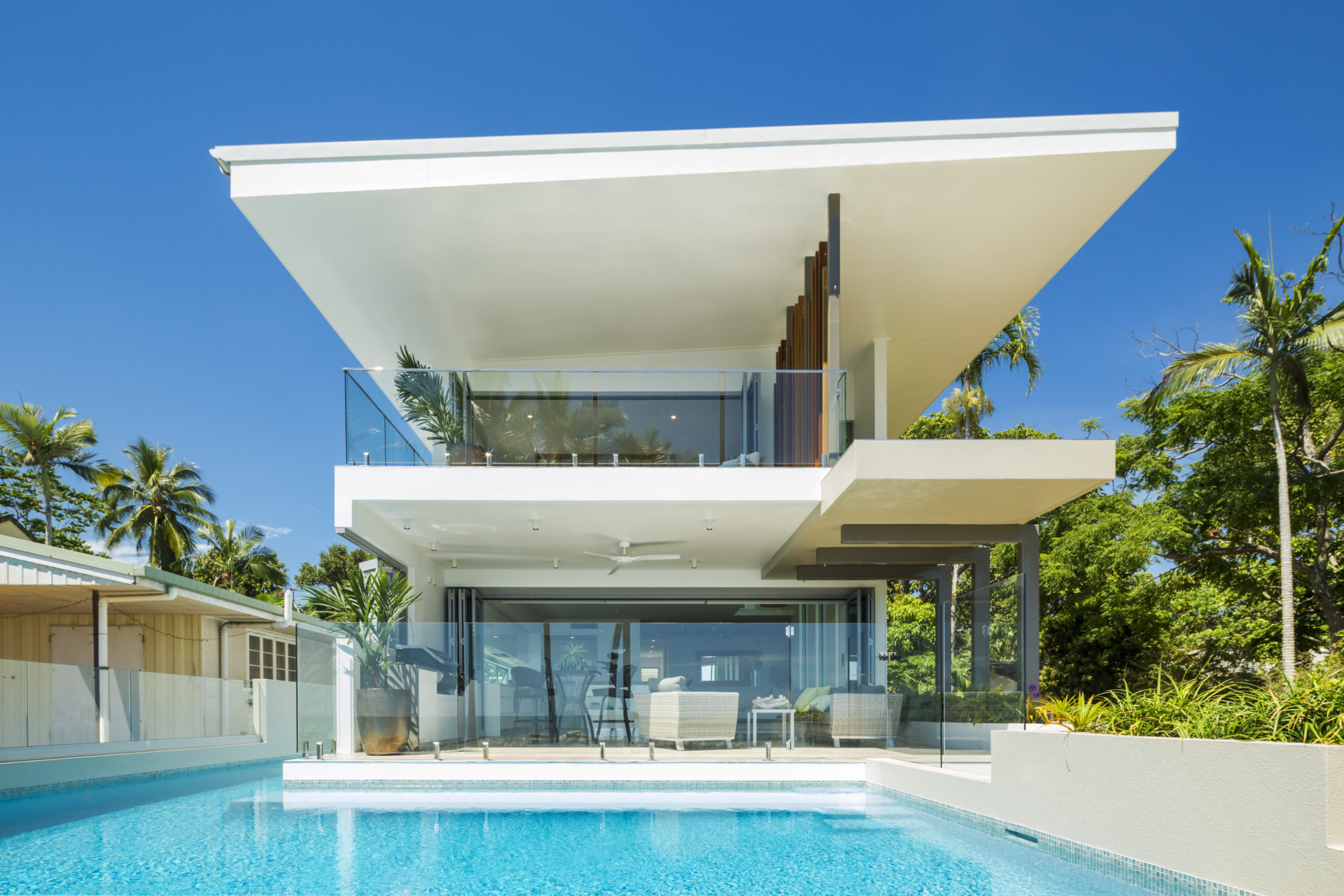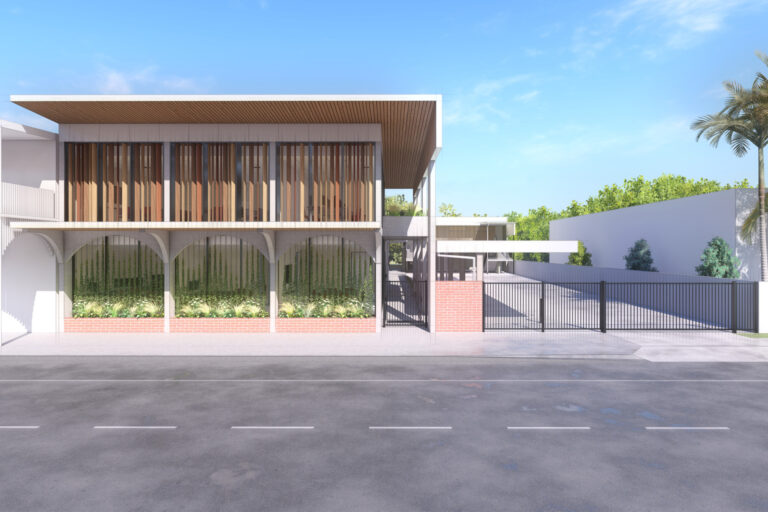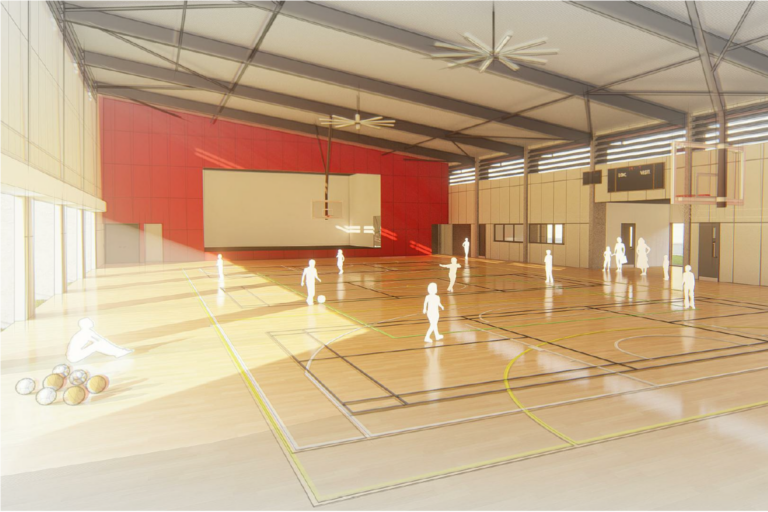Recently I had the pleasure of attending the Australian Institute of Architects Far North Queensland Regional Awards. During her presentation, State Juror Eloise Atkinson, Director of Brisbane firm Deicke Richards, made the observation that architects across Queensland are consistently doing more with less these days. My experience reflects this sentiment and it has been a catalyst for even more considered problem solving.
Regardless of the type of project, the need to ‘design in’ efficiencies and generally achieve greater outcomes with less resources will continue to be a strong theme in the future of Australian architecture, just as much as lifestyle and economic factors. This article reflects on the ways we have explored the boundaries of design to deliver innovative and practical solutions for our clients, and how this will continue to evolve, and what you should expect, of architectural practices in future.
The boundaries of good design
As architects, exploring the boundaries of good design is part of the job description. And, truth be told, there are no boundaries to good design. There are, however, clear principles that we turn to time and again when seeking to create exceptional outcomes for our clients. This remains true even as we strive for greater cost efficiencies.
While there will always be new aesthetics and functionalities unique to each client or brief, good design is never just about looks, or even purpose. Community expectations, now and into the future, will demand design outcomes that transcend their everyday uses to enhance quality of life, contribute to the community and provide a legacy for generations to come.
Our approach
Throughout our recent blog series, we explored five different principles of best practice architecture – design, sustainability, community collaboration, technology and project management – through project case studies that demonstrate their practical application across a range of settings and functionalities.
In reality, each of these principles applies to every project we undertake. Whether it’s an aged care facility, police station or an off-the-grid private residence on a remote site – our focus is always on realising outstanding design outcomes that reflect a higher level of brief resolution.
We do this first of all by developing strong relationships with clients and project teams, which we work hard to maintain throughout the project. The significance of the client relationship was another theme Eloise touched on in her presentation. This is the crucial ingredient to achieving great outcomes, even when faced with limited resources and increasing constraints. Our practice benefits from an organisational structure that ensures each client receives personalised attention from a project leader, as well as the expertise of our knowledgeable project team.
Understanding the brief thoroughly is only the first step. Through a collaborative process of listening, analysing, workshopping and improving, we develop team ownership of design decisions. While our approach is consistent, our design solutions are always tailored specifically to each project.
Looking to the future
As architectural best practice continues to evolve in step with changing lifestyles, economic constraints and community expectations, here at JMc Architects we will continue to embrace design and construction strategies that are consistent with successful, future-focussed architectural practices. This includes a commitment to ongoing learning, use of the latest technology and exploring healthier, safer and more environmentally sustainable solutions that create better functioning and more cost-effective built forms.
We believe that the successful architecture firms of the future will be the ones that can combine this approach with strong client relationship management and outstanding service delivery – both of which also remain key priorities in our business. As we all strive to ‘do more with less’, maintaining our focus on client relationships is crucial.
Throughout our next series of articles, we’ll continue to explore design and construction strategies that are enhancing project outcomes, creating planned (as well as unexpected) benefits for clients and quite possibly innovations capable of changing the face of Australian architecture. We hope you stay with us and enjoy reading our new series of articles as much as we enjoy sharing them.

By Julianne Field, Director, FRAIA, BOAQ No. 2965
JMc Architects is an award-winning Cairns architect known for working with government, commercial and private clients to design and deliver innovative and sustainable buildings across Queensland. With expertise across architecture, interior design and project management, our team offers a personalised end-to-end service tailored to each project.



